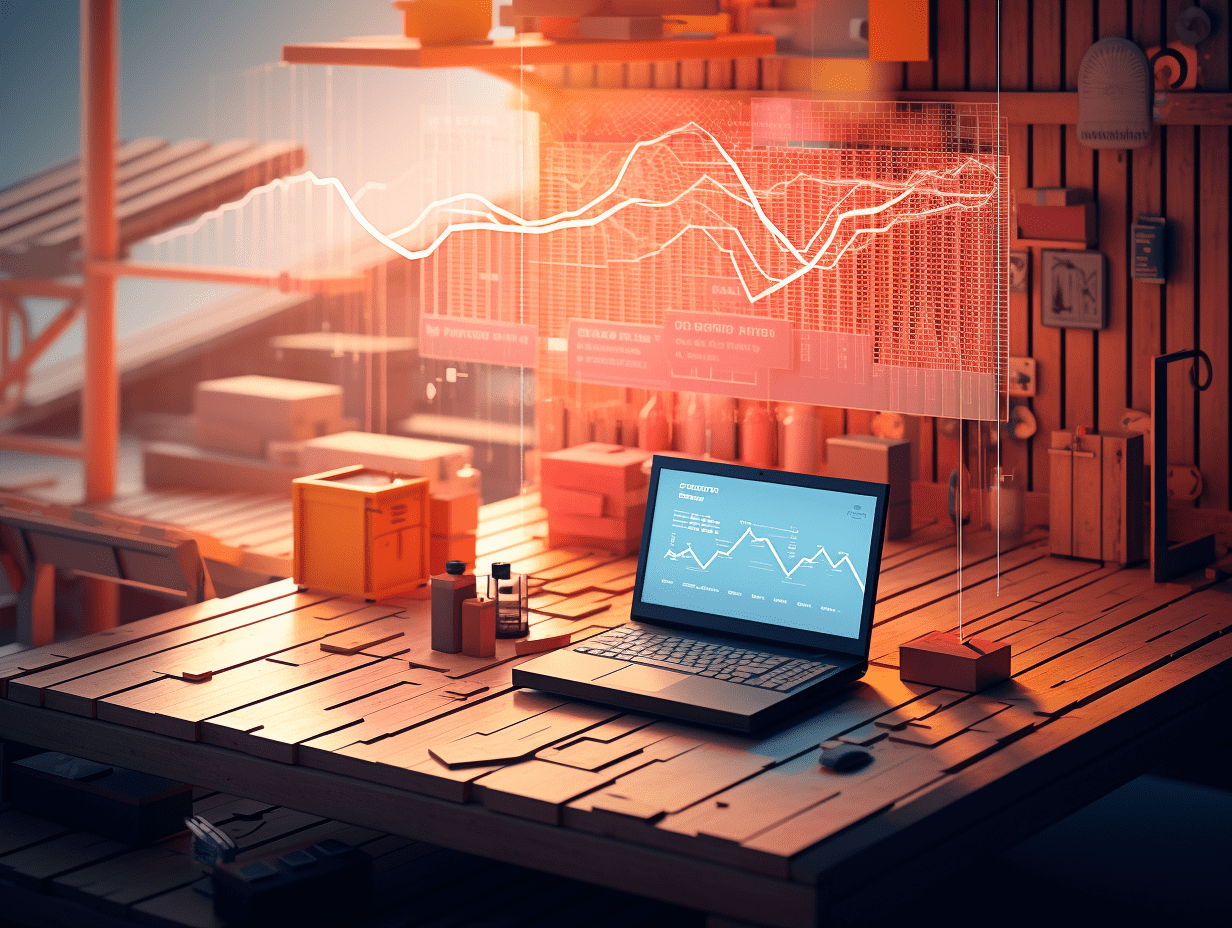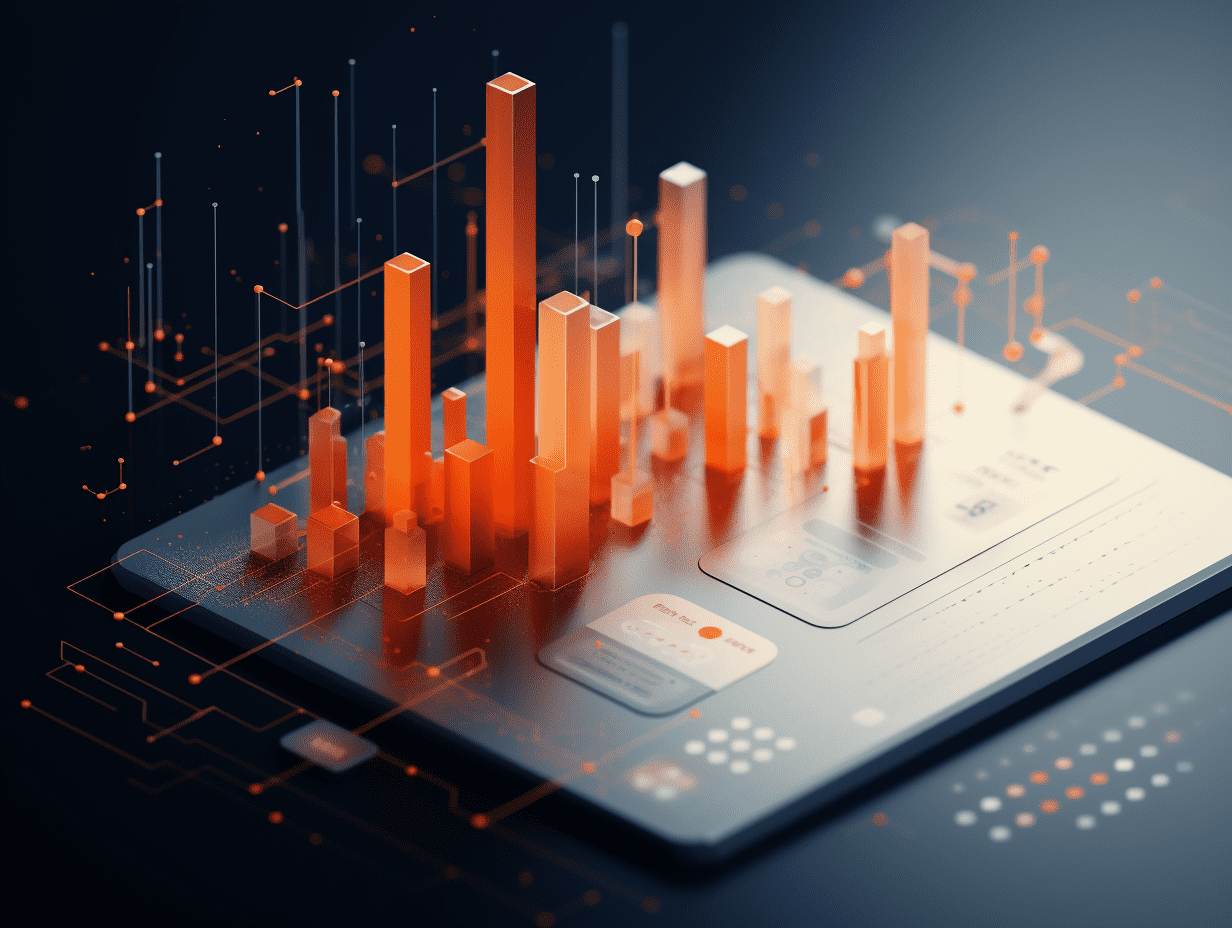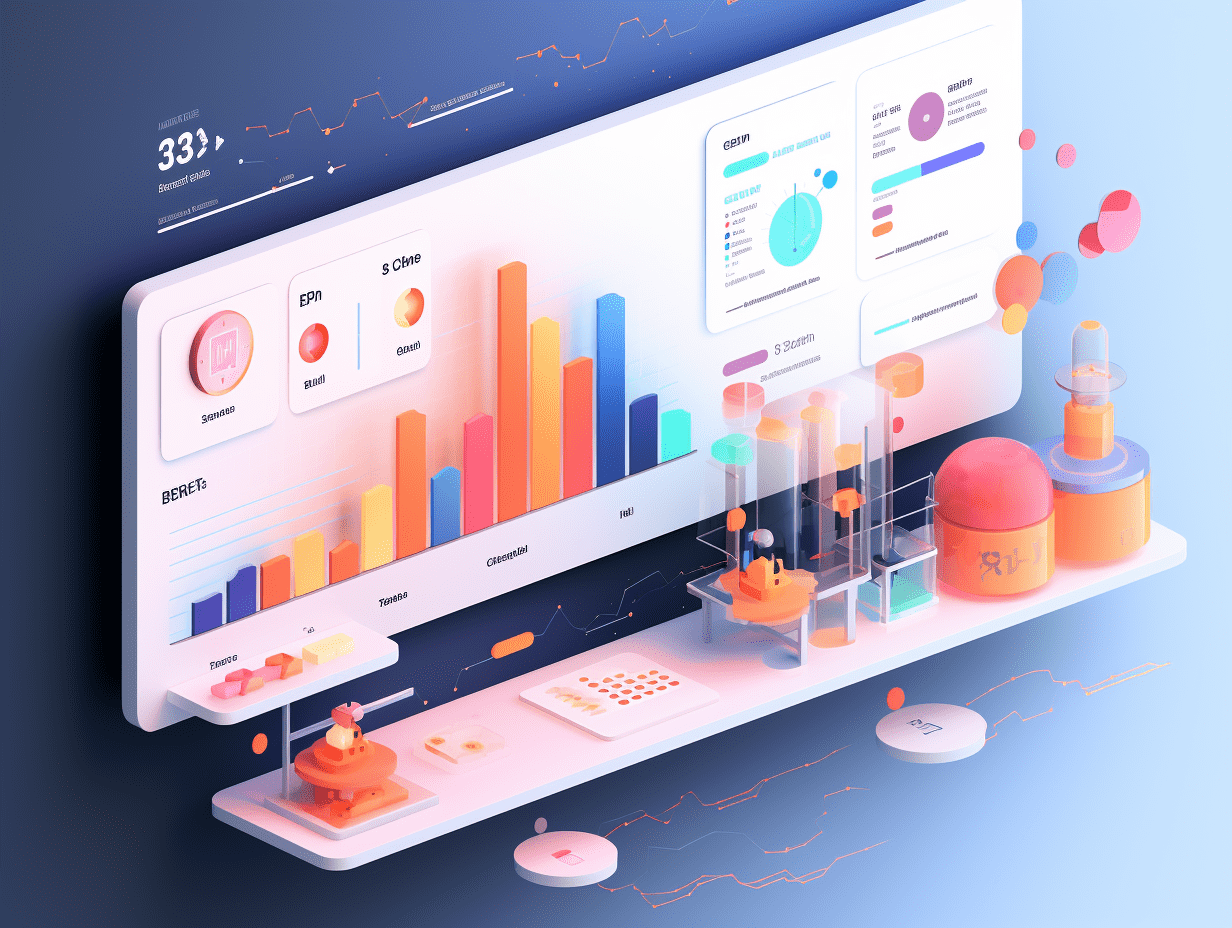
Petersen Institute: Under the big stick of tariffs, the growth of the US economy may come to a near standstill.
The latest outlook report released by the Peterson Institute for International Economics warns that, although the United States may still avoid a recession this year, overall economic growth will slow significantly. The report specifically points out that one of the key factors leading to the economic slowdown is the evolution of federal policies, especially the recent push by President Trump to increase tariffs.
Karen Dynan, a senior research fellow at the Peterson Institute and economics professor at Harvard University, stated: "Tariffs are pushing up prices, weakening real incomes, and disrupting supply chains." Additionally, tightening immigration policies and budget cuts to the Department of Government Efficiency (DOGE) will also have a direct impact on the U.S. economy.
Dynan pointed out that in recent years, immigration has significantly boosted the U.S. economy, and stricter immigration enforcement is expected to limit both labor supply and consumer demand growth. Furthermore, budget cuts to DOGE could lead to "operational disruptions," further weakening economic vitality.
The report projects that the U.S. real Gross Domestic Product (GDP) annualized growth rate will slip to just 0.1% by 2025, significantly lower than last year's 2.5%, and moderately rise to 1.2% by 2026. Although there may be negative growth in a quarter this year, overall a weak expansion is expected.
In terms of inflation, the report predicts that the Personal Consumption Expenditures Price Index (PCE), a key inflation indicator, will rise to 4% to 4.5% in the second half of this year. In February of this year, the PCE year-on-year growth was 2.5%. The latest data for March will be published on April 30th.
Regarding the job market, it is expected that by the end of 2025, the U.S. unemployment rate will rise to 5%, slightly decreasing to 4.7% in 2026, while the unemployment rate in March this year was only 4.2%. Dynan noted that the increase in unemployment is primarily due to reduced economic output, leaving Americans to cope with "job anxiety," marking a stark contrast to the strong job market in recent years.
When it comes to the possibility of recession, Dynan believes that there is a roughly 40% chance of an economic recession in the next 12 months. She emphasized that the uncertainty of tariff policies, including their duration and scale, is the biggest source of "chain reactions" in the current market. She predicted that business activity will stagnate and consumer spending will become significantly more conservative.
"This is a real income shock," stated Adam S. Posen, the president of the Peterson Institute, "there is too much pressure in the market right now, which will ultimately fall on consumers. If the economy is to grow, it can only be done through fiscal policy."
These domestic challenges in the U.S. will have global implications. The Peterson Institute's baseline forecast predicts that global GDP growth will slow to 2.7% in 2025, about 0.5 percentage points slower than last year. By 2026, growth is expected to slightly accelerate to 2.8%. Europe and the UK are expected to maintain steady growth.
"Trade wars will harm all countries, but the U.S. will suffer the most from its own policies," noted Dynan. She further explained that if inflation pressures from tariffs occur simultaneously with economic stagnation and rising unemployment rates, the Federal Reserve will face an extremely difficult situation. "There will be almost no room for the Fed to ease these shocks through monetary policy."
Posen stated that even though policies like tariffs have not fully impacted the economy, the Federal Reserve's policy seems overly accommodative currently, with inflation significantly above the 2% target. He warned that the Federal Reserve is likely to be "behind the curve" in responding to the next round of economic challenges.
"If the U.S. falls into real stagflation, with rising inflation and weak growth, then the Fed will face more serious lag issues," he predicted that the Fed will be forced to raise interest rates next year. "The key question is whether the Fed has the courage to raise rates in a stagflation environment," Posen said, "I believe they will ultimately have to do so, even though it is a difficult decision."
RECOMMEND
©️2013 - 2025 GMT EIGHT Holdings. All Rights Reserved.
Contact: [email protected]


